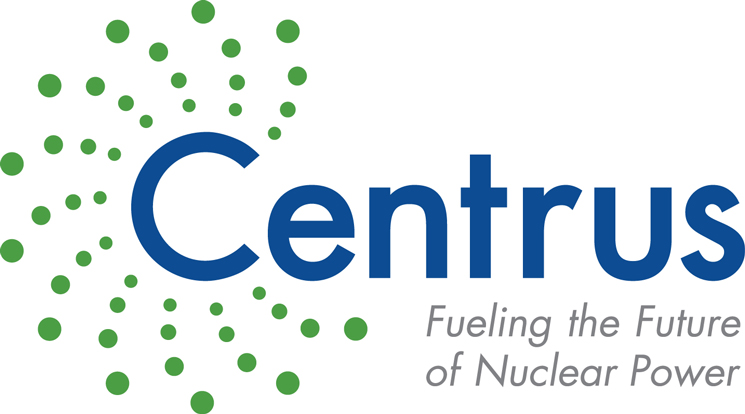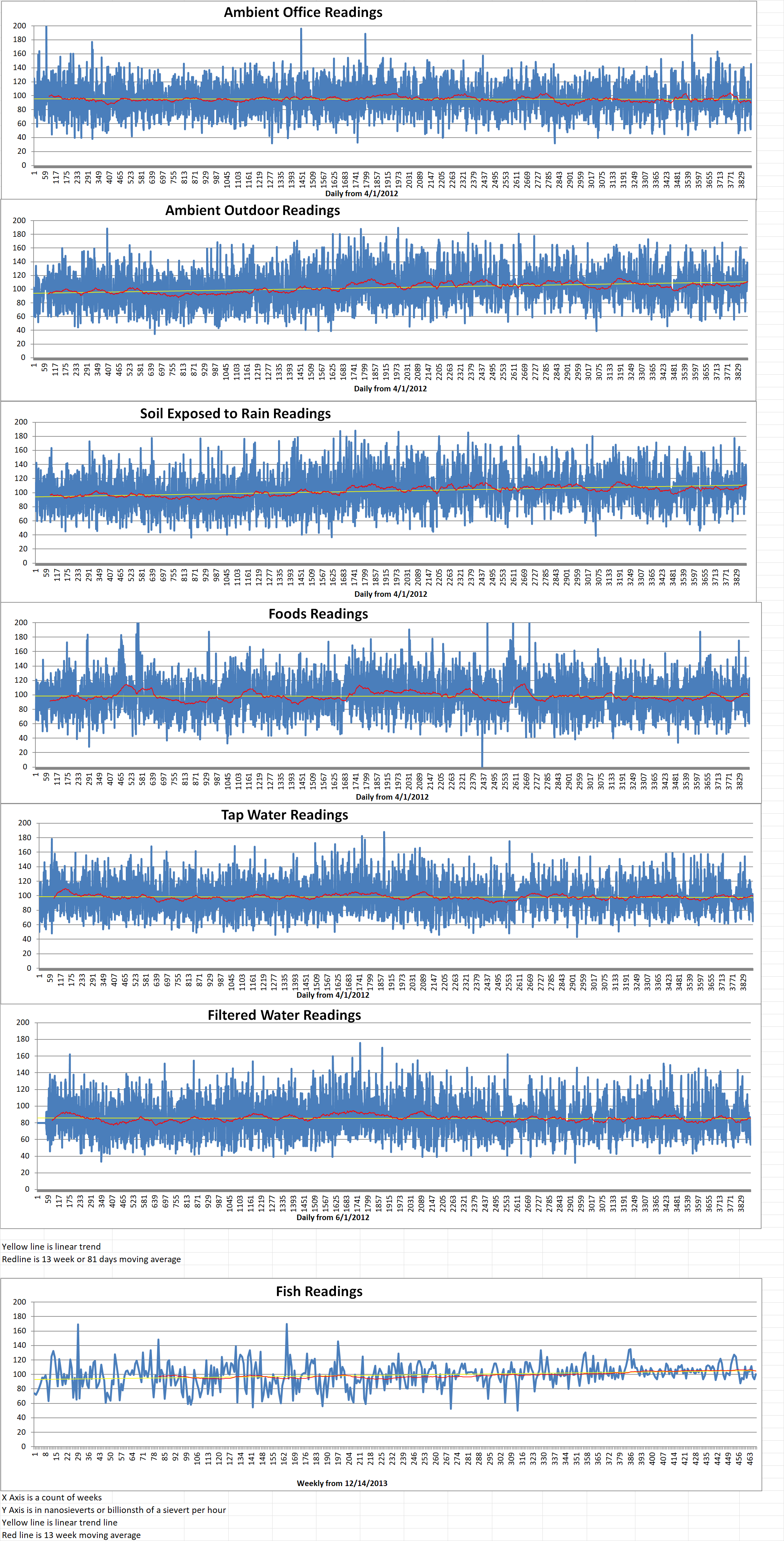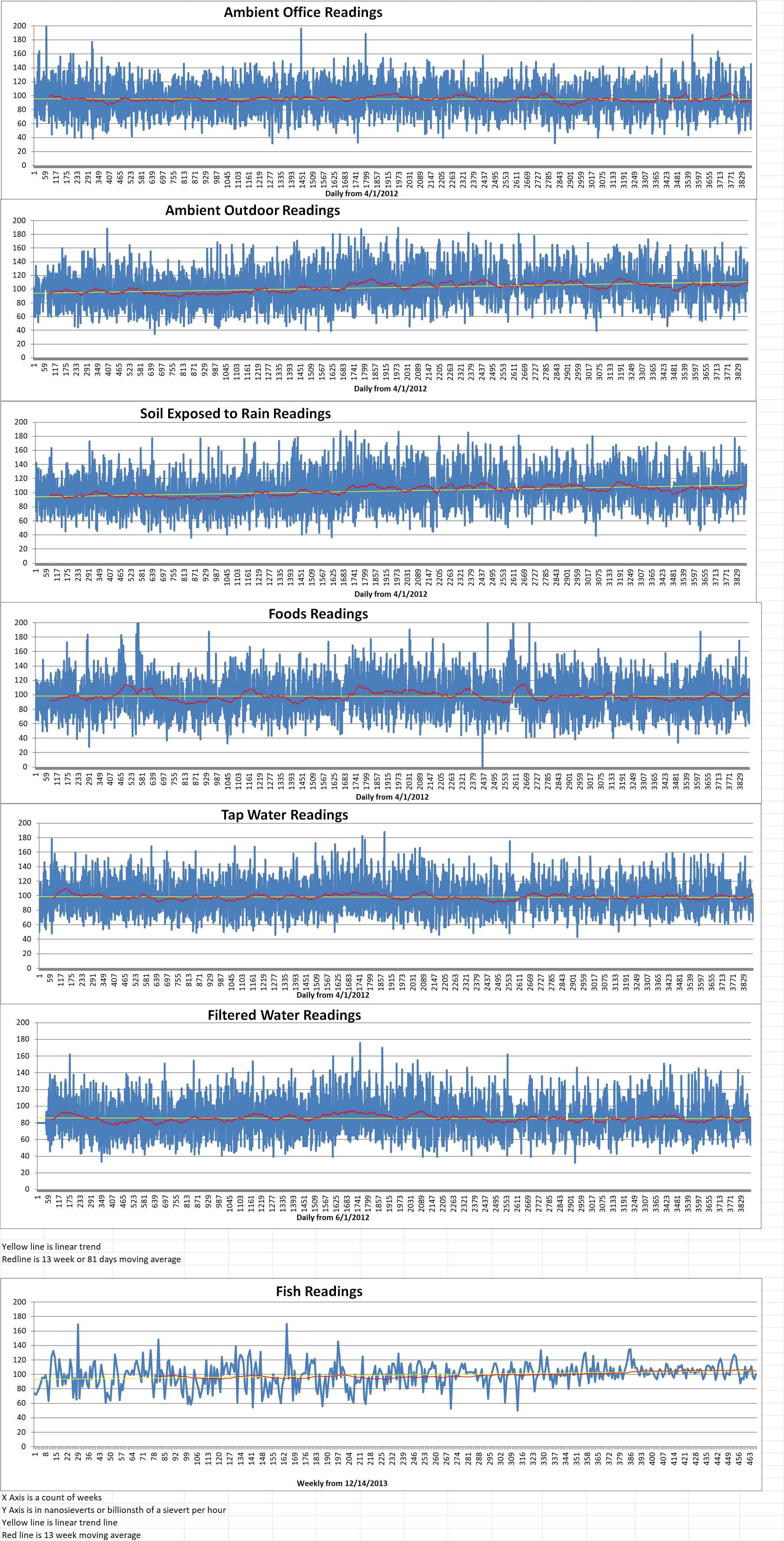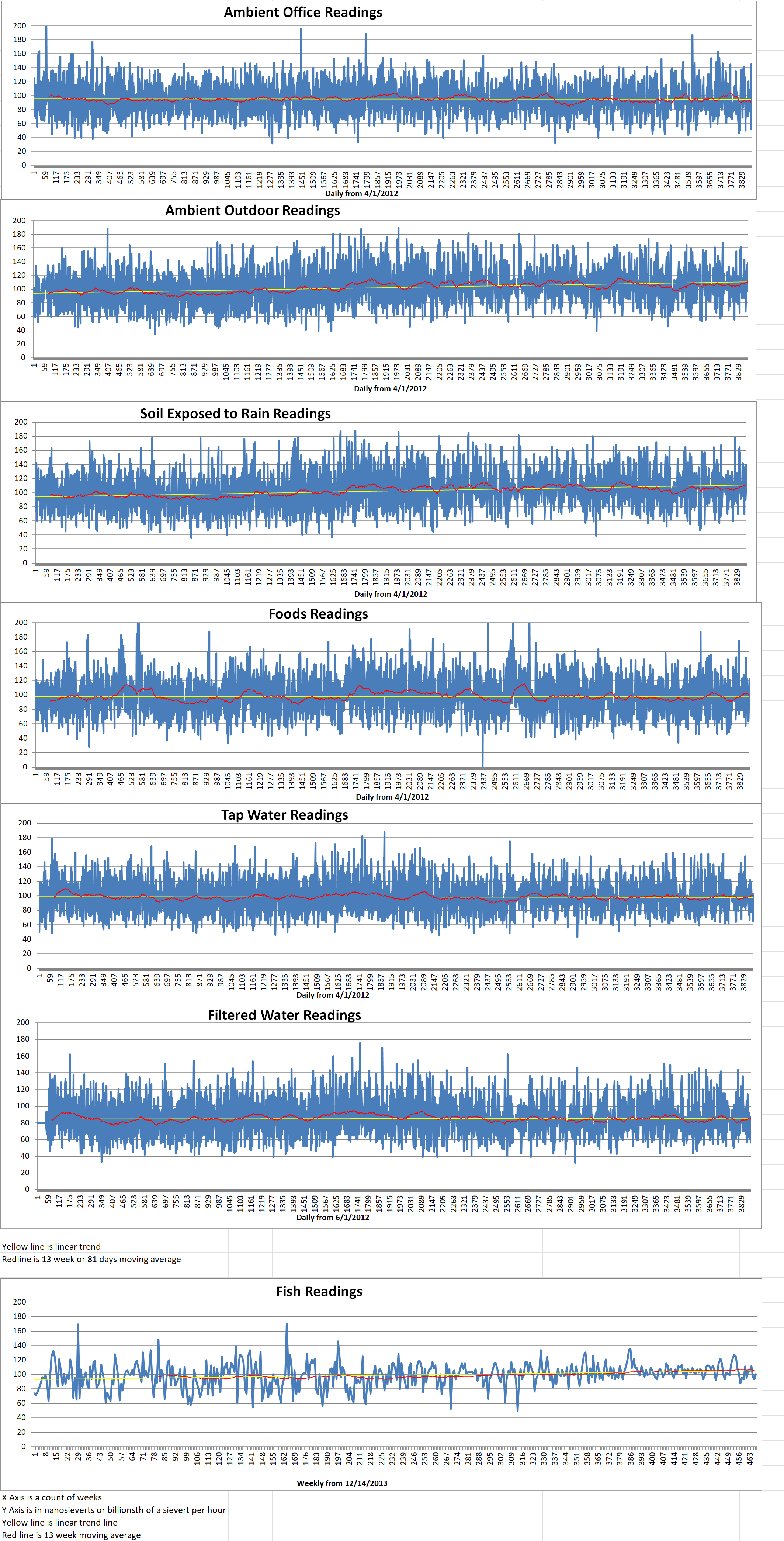U.S. Centrus Energy Corporation has just completed construction of a demonstration cascade of advanced uranium enrichment centrifuges and major supporting systems in Piketon, Ohio. This is a step towards a U.S. first-of-a-kind production of High-Assay, Low-Enriched Uranium (HALEU) scheduled for the end of 2023. This rests on the assumption that it completes the remaining support systems and obtains final approval from the Nuclear Regulatory Commission (NRC). This will be the first new U.S. enrichment plant to begin production in seventy years.
HALEU is an advanced nuclear fuel that is required for most of the next-generation nuclear reactor designs currently under development. HALEU is uranium that has been enriched between five percent and twenty percent uranium 235 (U-235). This is higher that the three percent to five percent U-235 low-enriched uranium fuels used in the existing fleet of light water reactors.
Nine of the ten advanced reactor designs selected for funding under the Department of Energy’s (DoE’s) Advanced Reactor Demonstration Program (ARDP) will require HALEU. This includes two demonstration reactors including the Terrapower’s Natrium sodium-cooled fast reactor and the X-energy’s Xe-100 high temperature gas-cooled reactor. However, currently the only company capable of producing HALEU fuel is Russia’s Techsnabexport (Tenex). Daniel B. Poneman is the Centrus Energy President and CEO. He said, “This is a major milestone for Centrus, for the advanced nuclear sector, and for the vital effort to restore America’s domestic uranium enrichment capability. We are strongly committed to pioneering production of HALEU to support the deployment of US advanced reactor designs around the world. Our goal is to scale up this facility to meet the full range of commercial, government, and national security requirements for uranium enrichment, including low-enriched uranium for existing reactors and HALEU for advanced reactors.”
In November of 2022, the DoE announced a new, competitively-awarded contract with Centrus’ wholly-owned subsidiary, American Centrifuge Operating (ACO), signed a ‘definitized’ contract with the DoE to pioneer production of HALEU. As part of a previous, cost-sharing contract awarded in 2019. Centrus had been deploying its AC100M advanced uranium enriched centrifuges in Piketon. It has secured a license amendment from the NRC, making it the only NRC-licensed HALEU production site.
Before operations can begin, Centus needs to finish construction of the remaining support systems, including a fissile materials storage area. This allows the HALEU produced for the DoE to be stored onsite. Centrus must also complete final operational readiness reviews with the NRC to obtain approval to begin HALEU production. The operational readiness reviews are required under Centrus’ NRC license. This license was successfully amended in 2021 to allow for HALEU production.
Centrus states that it is also investigating the possibility of scaling up the Piketon facility with additional centrifuge cascades to expand HALEU production. This is dependent on securing sufficient funding or offtake contracts. A full-scale HALEU cascade comprises one hundred and twenty individual centrifuge machines. They will have a combined capacity of about thirteen thousand pounds of HALEU production. This could be brought online within about forty-two months of securing the funding with the capability to add an addition cascade every six months. Such expansion would support thousands of direct and indirect jobs across a one hundred percent domestic manufacturing supply chain. Centrus notes that it would be capable of meeting U.S. national security requirements.






